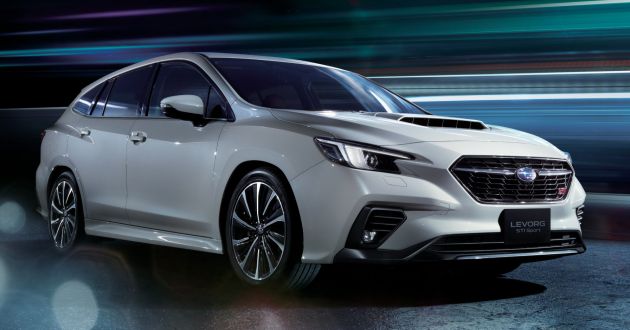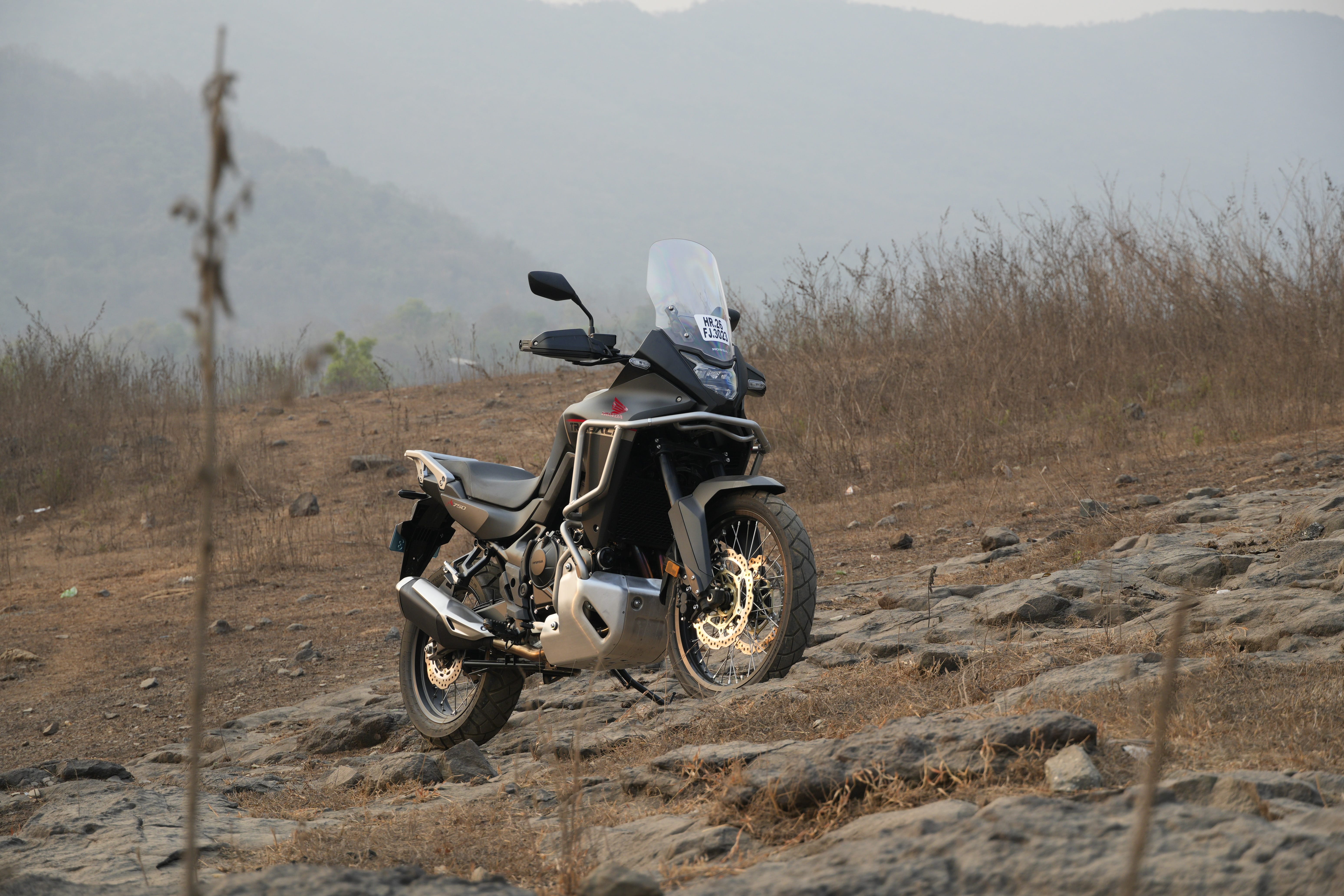2020 Subaru Levorg officially debuts in Japan – SGP platform; new 1.8L turbo boxer engine and EyeSight X
This is it, the all-new Subaru Levorg. The second-generation wagon has made its debut in Japan and becomes the latest model to make the switch to the Subaru Global Platform (SGP), which also underpins the Ascent, Forester, Impreza and XV.
The Levorg’s arrival has been a long time coming, as it was first previewed by the Viziv Tourer Concept back in 2018. This was then followed by the Levorg Prototype in 2019 and then the Levorg Prototype STI Sport a year later.
Suffice to say, the finished product appears to remain faithful to the 2019 and 2020 show cars, with a bolder styling approach based on the company’s “Dynamic x Solid” design philosophy. The pointier front-end is highlighted by a larger, hexagonal-shaped grille that cuts into the kinked LED headlamps.
Meanwhile, the lower apron features scalloped sections that hold the fog lamps and LED light strips, with a noticeable crease linking the latter, just above the centre intake. On STI Sport variants, a portion of the bumper lip gets a dash of chrome to distinguish themselves from regular Levorg models, along with some badging at the front and rear. As before, the bonnet is where you’ll find an air scoop that feeds the turbocharged engine underneath, which we’ll get to later.
Down the sides, squarish wheel arches can be seen instead of rounded ones on the outgoing models, complemented by muscular haunches. Two distinct character lines can also be seen from this angle, including near the base of the doors as well as another running through the door handles.
Around back, the C-shaped taillights have been slimmed down from before, with a black trim piece linking them instead of a chrome. Further down, you still get dual exhaust outlets, which are now joined by triangular-shaped housings for the reflectors.
In terms of dimensions, the new Levorg occupies a larger footprint than before, as it now measures 4,755 mm long, 1,795 mm wide and 1,500 mm tall, with a wheelbase spanning 2,670 mm. By comparison, its predecessor is 4,690 mm long, 1,780 mm wide, 1,490 mm tall and has a 2,650 mm wheelbase.
With the reveal, we finally get a good look at the wagon’s interior, which bears a close resemblance to current Subaru models, but with some major twists and a more upmarket feel. The most prominent is the 11.6-inch, portrait-format touchscreen that takes up the centre of the dashboard, flanked by two vertical air vents, which provides access to all infotainment and climate functions. The big screen also sees the end of the secondary display found on the top of the dash, as seen in the outgoing model.



However, where one display is removed, another takes its place. In front of the driver is a new 12.3-inch digital instrument cluster display that can be configured to show a variety of information, including driving-related data, navigation and onboard active safety systems. Lesser, non-EX variants make do with a smaller 7-inch unit instead.
Additionally, unlike other Subaru models, the centre console is a lot more minimalist, with just the gear lever, electronic parking brake switch and around-view monitor button residing in the space. The slim air vents in the corners mimic the look of those beside the centre screen, and are of a new design as well. As with the exterior, STI Sport variants get additional touches to showcase their sportiness, including red stitching, STI badging and red accents for the digital gauges.
The larger dimensions also help to promote boot space, which now stands at 561 litres from 522 litres, inclusive of the underfloor stowage. The loading aperture is now 1,070 mm wide, while the depth and height are 1,602 mm and 771 mm respectively, so loading most items shouldn’t be much of an issue.
To go along with the new skin and platform, the Levorg also gets a new 1.8 litre turbocharged boxer four-cylinder petrol engine. Codenamed CB18, the direct injection unit churns out 177 PS (174 hp) from 5,200 to 5,600 rpm and 300 Nm of torque from 1,600 to 3,600 rpm, with drive going to all four wheels via a Lineartronic CVT and Subaru’s Symmetrical All-Wheel Drive system.
The figures are improvements over the previous FB16 1.6 litre unit that made 170 PS (168 hp) and 250 Nm, but is a far cry from the turbo FA20 2.0 litre mill that serves up 296 PS (292 hp) and 400 Nm. Subaru is quoting a fuel consumption of as low as 13.7 km/l following the WLTC cycle, or 16.6 km/h according to the JC08 standard.
In Japan, the Levorg will be available in six variants – GT, GT EX, GT-H, GT-H EX, STI Sport and STI Sport EX. Only the STI Sport cars come with a more comprehensive drive mode system, with four options – Comfort, Normal Sport, Sport+ and Individual – selectable via buttons on the steering wheel. Every other variant makes do with the carmaker’s SI-Drive system that consists of just two modes – Intelligent and Sport.


Available features include powered front seats, a hands-free powered tailgate, 17- and 18-inch wheels (STI Sport only), engine idling stop tech, all-around LED lighting, paddle shifters, keyless entry and engine start, six speakers and dual-zone climate control with rear vents.
The Levorg also debuts Subaru’s upgraded EyeSight X suite of systems, which adds semi-autonomous driving features like traffic jam assist, active speed control and active lane change assist. The camera-based tech still has core systems like pre-crash brake, unintentional acceleration suppression, active cruise control and lane departure warning, rear cross traffic alert, adaptive high beam and driver monitoring system (located above the infotainment screen).
Other safety improvements include the additional of a pedestrian airbag that deploys at the base of the front windshield, while the others are found in the cabin front, side, curtain, driver’s knee. Along with the Starlink SOS feature, these are Subaru’s initiative to reduce the number of fatal accidents to zero by 2030.

















































































































































The post 2020 Subaru Levorg officially debuts in Japan – SGP platform; new 1.8L turbo boxer engine and EyeSight X appeared first on Paul Tan's Automotive News.
from Paul Tan's Automotive News
Read The Rest:paultan...





Post a Comment